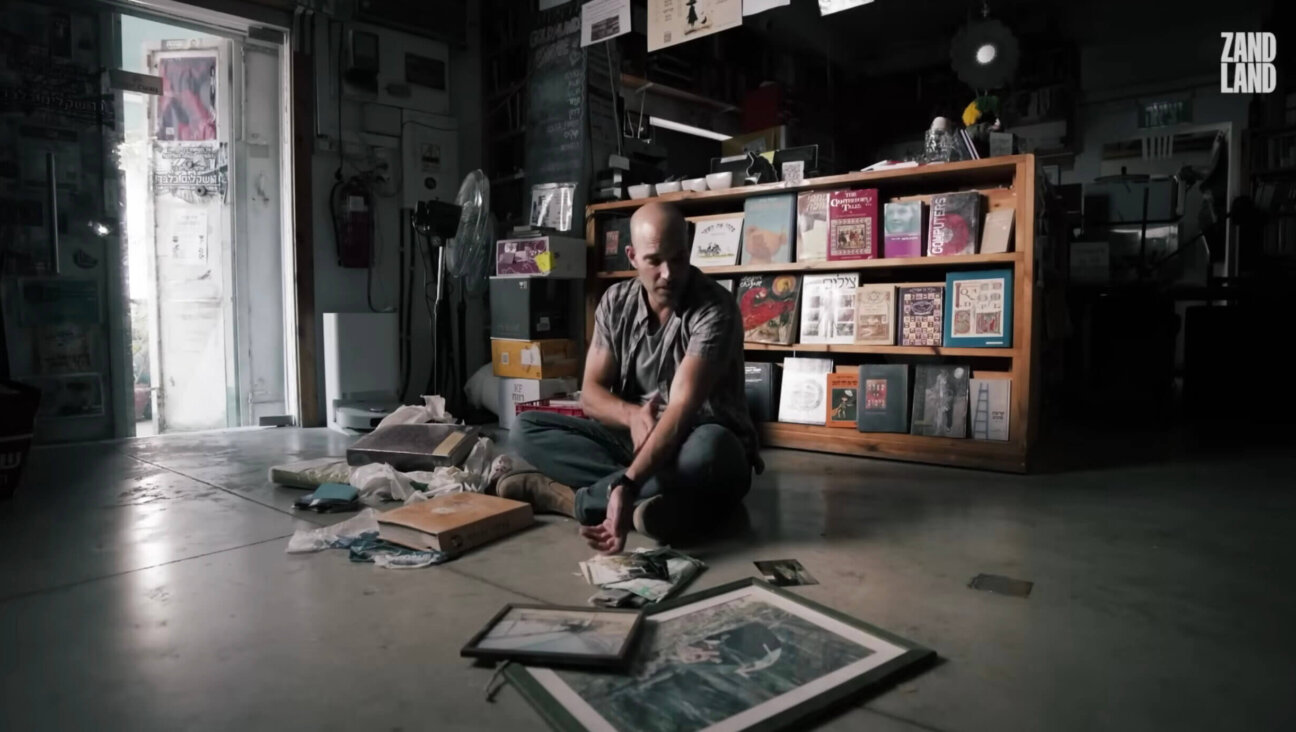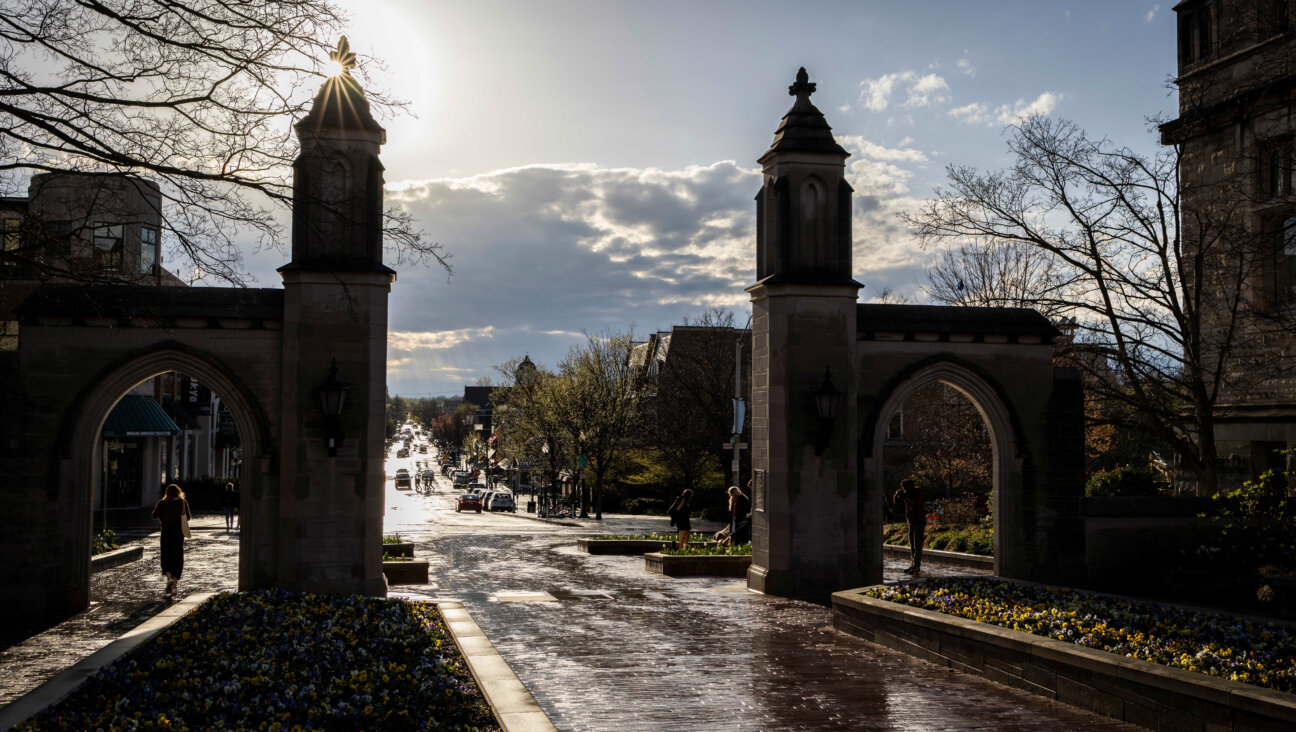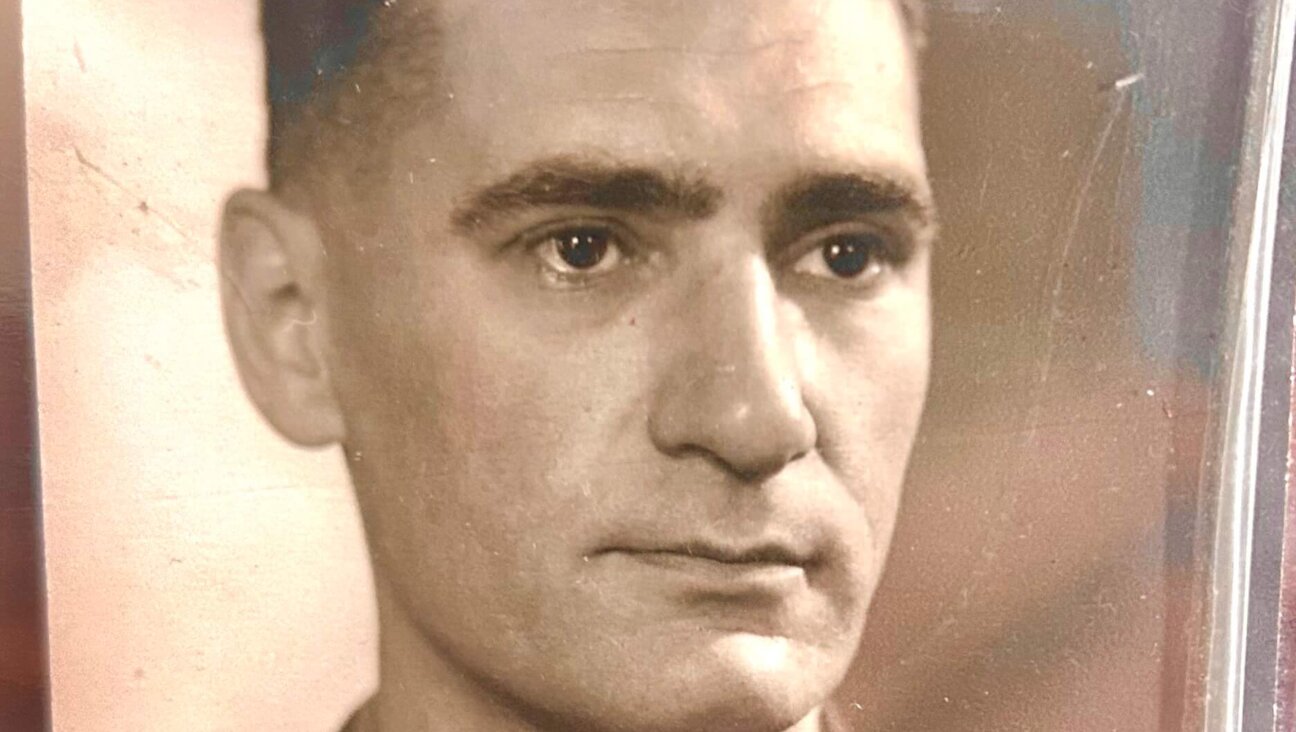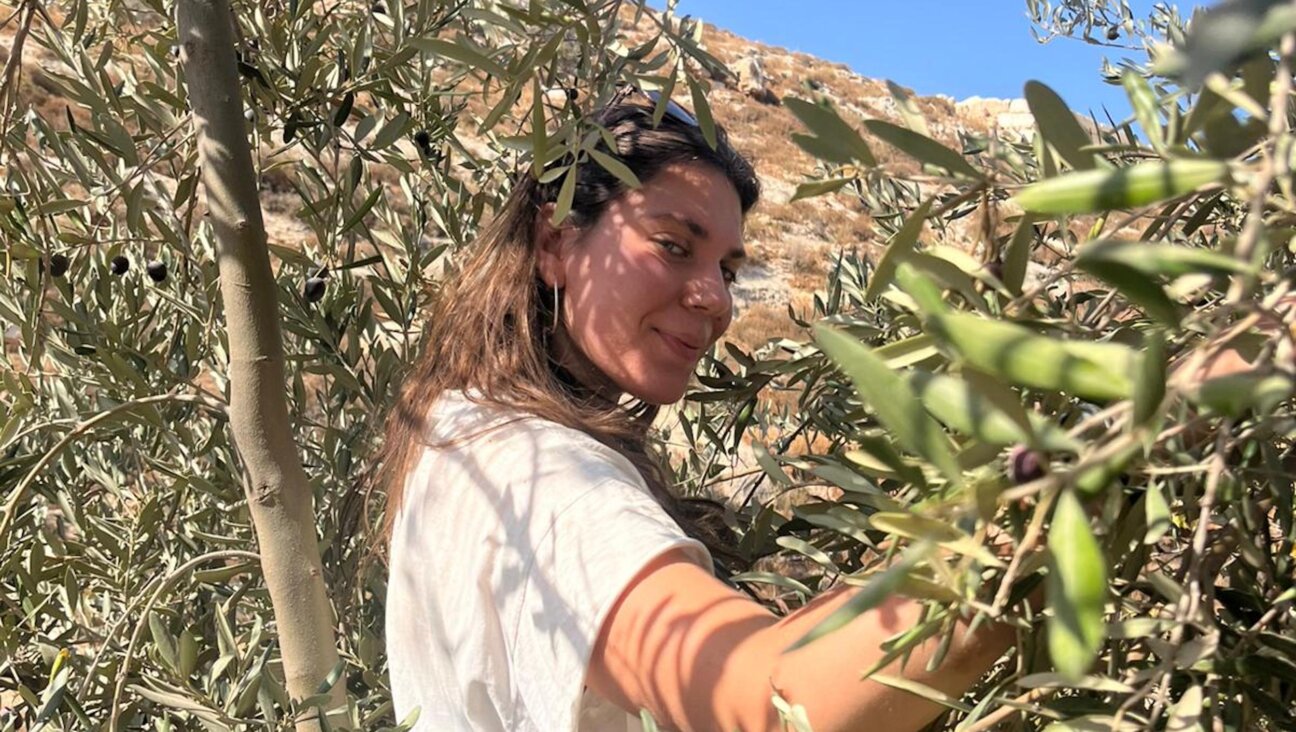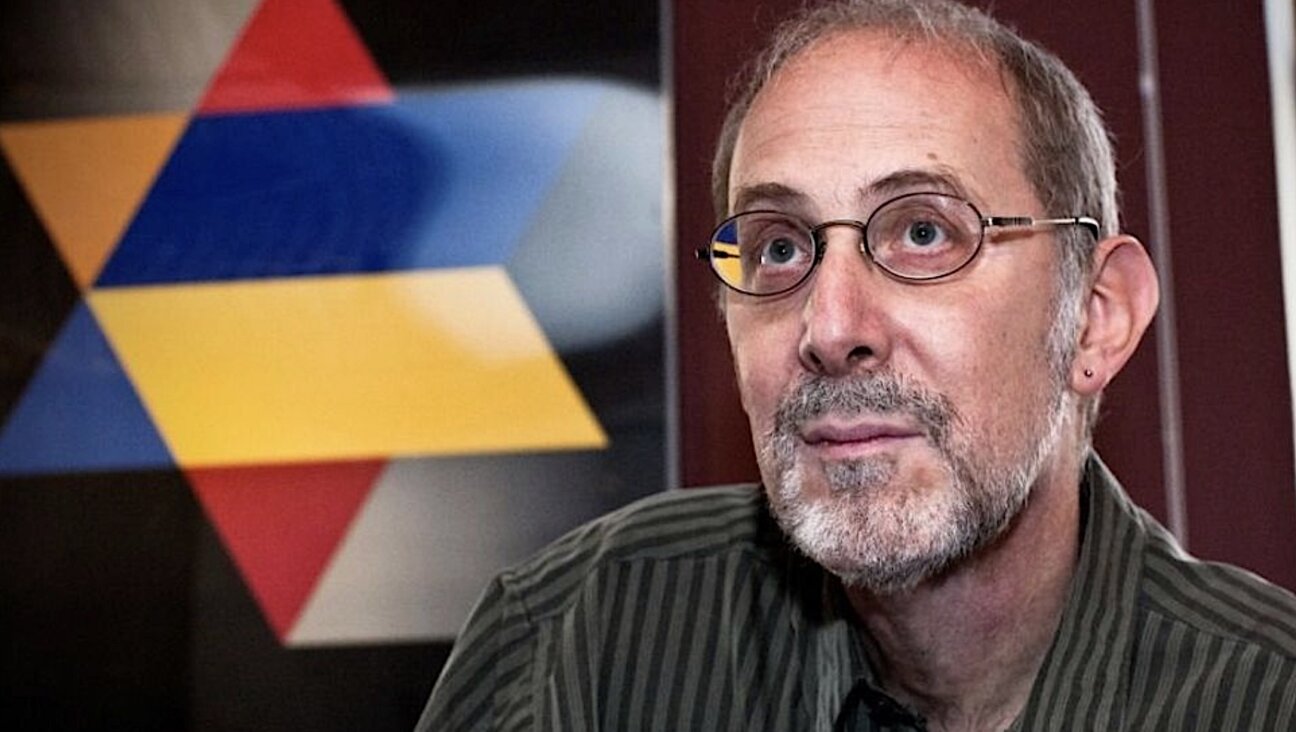Masada Stubbornly Gives Up Its Secrets — Lice and All — After 50 Years

Tourists explore Masada, the popular site near the Dead Sea. Image by Getty Images
(Haaretz) — It looks like an ordinary lice comb, with wider teeth on one side for untangling knots and finer teeth on the other for removing nits. Except that this one happens to be made of wood, rather than metal. And it also happens to be about 2,000 years old.
Holding the recently unearthed artifact in the palm of his hand, archaeologist Guy Steibel notes that these are his favorite sort of finds, the ones that provide a glimpse into the other Masada story − not the classic narrative of death, destruction and suicide pacts, but the one about real people doing ordinary things, as ordinary as combing nits out of their hair.
“Yes, we have proof that the rebels who lived here, their heads were absolutely infested with lice, and not only their heads,” he says. “In fact, we’ve discovered in this comb remnants of lice eggs, strands of hair and the oldest louse in the world.”
Steibel, the head of the Hebrew University of Jerusalem’s Masada excavation team, proceeds to pull out some other recent finds from a little plastic box, among them a piece of rope made out of date tree fibers and a shard of a clay pitcher that has the name of its owner inscribed in it in Hebrew letters: Shimon Bar-Yoezer.
“Seeing these Hebrew words pop out of the earth, words that my own children can read, that’s the most exciting thing in all of this for me,” says Steibel, who has been digging and researching at Israel’s most famous archaeological site for almost 20 years now.
To mark the 50th anniversary of the big excavations at Masada, led by the legendary Yigael Yadin, Steibel is guiding a group of Israeli journalists through what he describes as a “backyard tour” of the site to meet some of his “friends” who once lived here. “By now, I know many of them by name, and I also know where exactly they lived and how they made a living,” he says. “For me it’s the little things, like the child’s toy we found, the Roman soldier’s wage slip, the seal used by the baker to mark his loaves − these are the things that make this place so alive for me.”
The ancient fortress overlooking the Dead Sea − where Herod the Great, the Jewish-Roman king of Judaea, built a magnificent royal retreat and where, later, 960 Jewish rebels who had found refuge there killed themselves rather than surrender to the Romans, according to the prevailing myth − attracts roughly 800,000 visitors every year. Among sites that charge admission (not the Western Wall in Jerusalem, for example, which is even more popular), it is the most visited in Israel. “And about 70 percent of the visitors we get are from overseas,” says Eitan Campbell, director of the Masada National Park.
According to Tsvika Tsuk, chief archaeologist at the Israel Nature and Parks Authority, about 7,000 international volunteers from 18 different countries participated in the Masada excavations half a century ago, from 1963 through 1965. “The vast majority were from Britain, and they came because of an item that was published at the time in The Observer,” he recalls. “It was the first excavation to rely on volunteers, and many of them recall it as one of the most formative experiences in their lives. In fact, there were quite a few volunteers on the dig who found here the loves of their lives.”
The authority is planning to reach out to all those who participated in the Masada excavations (“the youngest are in their 70s today,” notes Tsuk) and invite them and their families to participate in a reunion in Israel in 2014.
The “$64,000 question,” as Steibel terms it, is did the Jews really kill themselves at Masada, as is widely assumed to be the case, despite little hard evidence to substantiate the story. “I believe that they did and that we will find remains of bodies in the future,” he says, noting that he has found corroboration for the historian Flavius Josephus’s claim of mass suicide in the writings of another ancient Roman historian, Pliny the Elder.
“But for me, whether or not they killed themselves is less important than how they lived,” he says.
Besides the bodies, is there anything else left to be discovered at Masada? “Yadin said that 97 percent of the site was excavated,” notes Steibel, “but although he was a great archaeologist, I’d say he was a bit weak in math. I believe that only 65 percent of what’s here has been uncovered and that there’s much more to find.”
Is there anything that would be particularly thrilling for him to uncover on this rocky plateau?
“A latrine,” says Steibel. “That’s the only big thing we haven’t found here yet. It surprises me because I would have thought we would’ve by now.”
For more stories, go to Haaretz.com or to subscribe to Haaretz, click here and use the following promotional code for Forward readers: FWD13.
